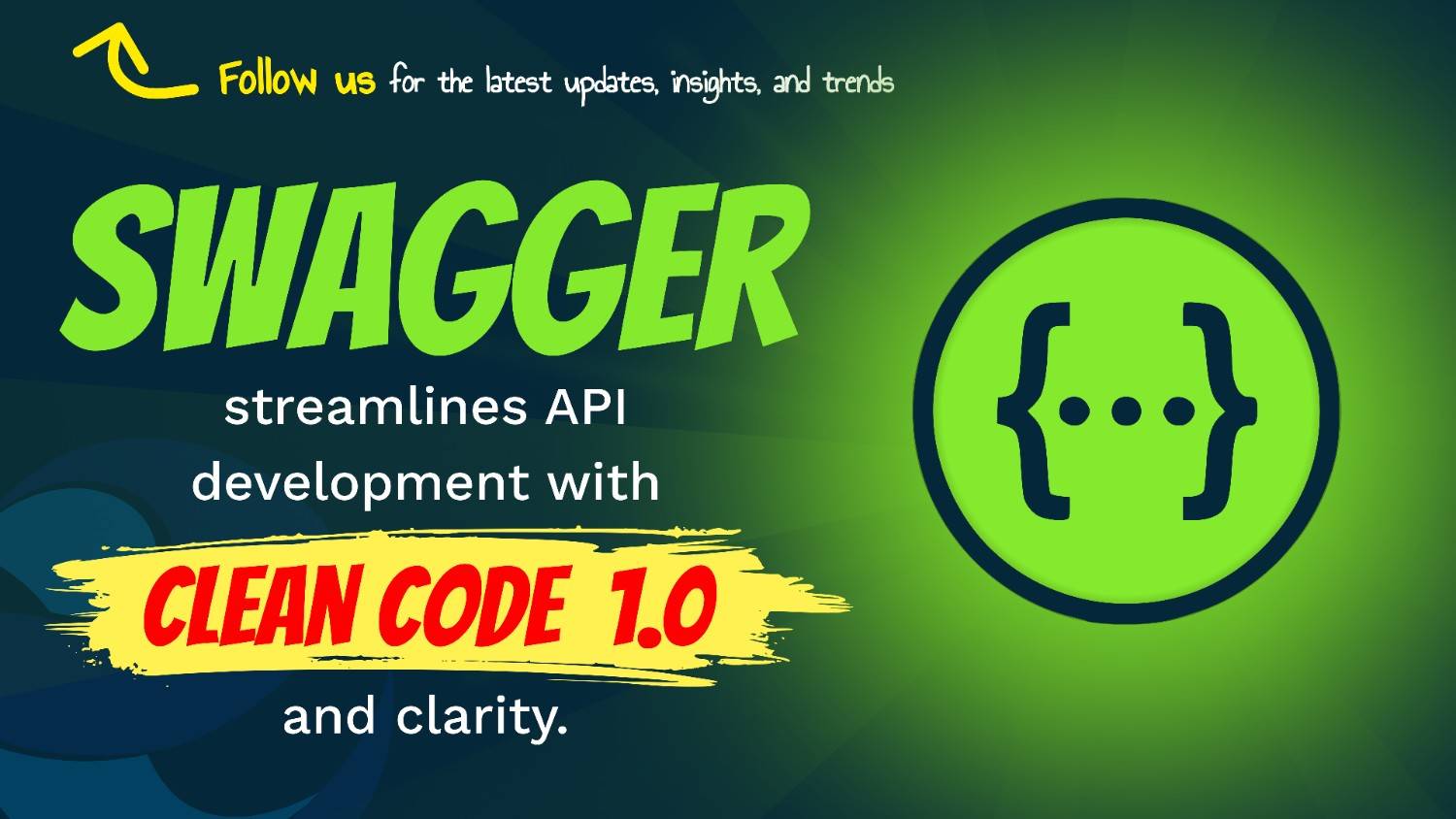Unlocking the Power of Modern APIs: The Crucial Role of Swagger (Clean code series)
APIs are the backbone of modern software, powering everything from mobile apps and web platforms to IoT devices and enterprise solutions. As APIs grow in complexity and scale, so do the challenges of developing, documenting, and maintaining them. Developers often grapple with inconsistent documentation, unclear communication across teams, and cumbersome testing processes all of which can slow down development and compromise the user experience.
This is where Swagger steps in as a game-changing solution. Swagger simplifies the entire API lifecycle, offering tools to standardize design, automate documentation, and foster collaboration. It bridges the gap between technical and non-technical stakeholders, ensuring APIs are not only functional but also easy to understand, test, and scale.
Key Components of Swagger
Standardization with OpenAPI – standardization eliminates ambiguities, making it easier for developers, testers, and business teams to work in harmony. Whether you’re defining endpoints, data structures, or authentication methods, Swagger ensures that every aspect of the API is documented with clarity and precision.
Comprehensive API Documentation – One of Swagger’s standout features is Swagger UI, a dynamic, interactive interface that transforms complex API definitions into user-friendly documentation. Unlike static API manuals, Swagger UI allows users to explore API endpoints, view request/response formats, and understand usage scenarios in a visually intuitive way. For teams onboarding new developers or sharing APIs with external partners, Swagger UI acts as a self-service guide that drastically reduces the learning curve and enhances API adoption.
Improved Developer Productivity – Swagger doesn’t just document APIs it automates critical parts of the development process.
i) Swagger Editor : enables developers to write OpenAPI definitions with real-time validation and suggestions.
ii) Swagger Codegen : can generate server stubs and client SDKs in multiple programming languages, saving hours of manual coding.
By minimizing repetitive tasks, Swagger allows developers to focus on building features and fixing bugs, ultimately speeding up the API development cycle.
- Interactive Testing and Debugging – Swagger’s interactive tools allow teams to test APIs directly from the documentation. With a built-in testing interface, developers can send requests, analyze responses, and troubleshoot issues all without leaving the documentation platform.
For QA teams, this functionality simplifies test case validation and ensures APIs perform as expected, reducing the time spent on debugging and error reproduction.
- Collaboration and Scalability – As teams grow, managing API projects can become increasingly complex. Swagger Hub, a collaborative platform, enables teams to design, document, and share APIs in a centralized environment.
Swagger Hub supports version control, team permissions, and real-time updates, ensuring that all stakeholders are aligned. For organizations scaling their API ecosystems, Swagger provides a solid foundation for consistency and governance.
In a world where APIs are the linchpin of digital transformation, Swagger stands out as an essential tool for modern API development. From standardizing design to automating documentation and enabling collaboration, Swagger addresses the key challenges of building and maintaining APIs.
If you’re looking to streamline your API lifecycle, enhance team productivity, and deliver a seamless experience to API consumers, it’s time to explore Swagger. Start with the Swagger Editor or dive into the collaborative features of Swagger Hub—and take your API development to the next level.
#APIDevelopment #Swagger #TechInnovation #DigitalTransformation #SoftwareDevelopment #APIIntegration #TechSolutions #DeveloperTools #CodingCommunity #APIBestPractices #APIDesign #TechTrends #InnovationInTech #APIEcosystem #CodingLife #TechSavvy #FutureOfTech #APIStandards #TechLeadership #APIEvolution

